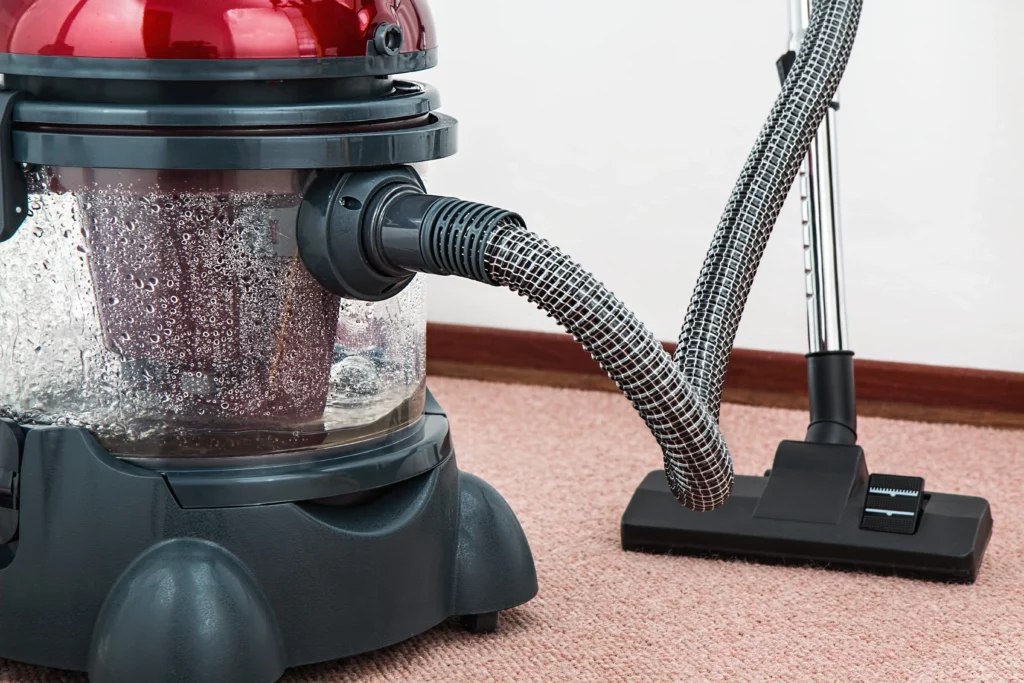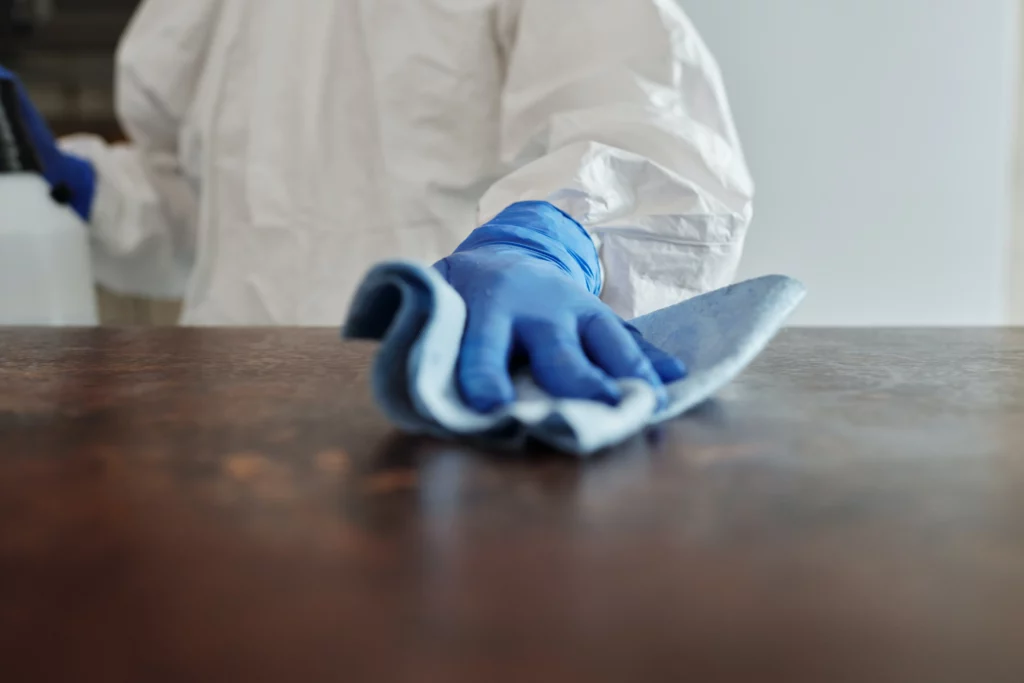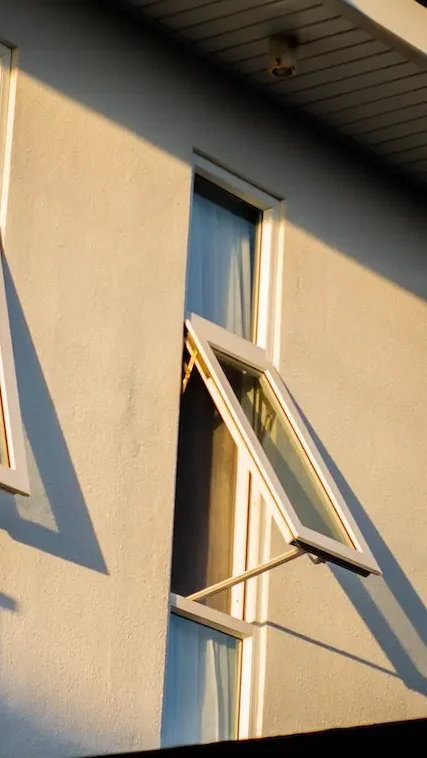Professional water flood damage cleanup and restoration services are always the best choice when dealing with the aftermath of a flood. However, if this isn’t an option for you, you will find the best course of action here. Ideal Response have been providing our flood damage cleanup services to customers for over 20 years. In this time we have gained a wealth of knowledge that you can use to return your property to as close to its pre-flood condition as possible.
However, it must be made clear that hiring a professional company should be the first course of action for any victim of water flood damage. Due to the fact a DIY cleanup is extremely unlikely to solve all the issues. Ideal Response offers a range of comprehensive specialist cleaning solutions that will deal with any issue you may be facing as a direct or secondary result of flood water damage. These services include:
- Room Dehumidification
- Suction Drying
- Damp Odour Removal
- Mould Removal
However, if you do choose to attempt to complete a flood damage cleanup yourself, you will find the best methods to apply in this blog post. Every stage of the DIY clean should be conducted whilst wearing suitable personal protective equipment (PPE) to protect against the dangers of water flood damage.
Removing Flood Water from Your Property
The first step in the DIY water flood damage cleanup process is to remove any flood water that is left in your property. The amount of water you’re removing will require a different removal method. If there is a substantial amount of water still left in your property, you can use any sort of water carrier to manually remove the flood water. A bucket or larger container is ideal because you’ll be able to remove the flood water in a greater volume. However, if you don’t have those, a coffee mug, bowl, or anything else will do.
If your property is free of standing water, the best means of water removal is an absorbent material or equipment. This will soak up the flood water and once the material is saturated. You can then take it out of the property and wring it out. If you can afford it, hiring a wet-vac or a carpet cleaning is a far more efficient way of removing the water. A carpet cleaning is essentially a wet vac that can also release water to clean. This function can also help in the next step of the DIY cleaning process. Disinfection and decontamination.

DIY Water Flood Damage Disinfection
Flood water carries with a great deal of bacteria and viruses. Depending on the type of water that has flooded your property it could even include faecal matter. These hazards are extremely dangerous for anyone that encounters them. But one of the worst aspects of this harmful flood water is the fact that any surface that the flood water touches, will be contaminated with the bacteria and viruses.

Bleach and other household cleaners can be used during this stage of the DIY clean. Wiping down every surface that has become contaminated is essential but can be difficult for hard-to-reach areas. For difficult to reach areas you can spray disinfectants or anything else that can sanitise the surface. Without specialised equipment it can be difficult to determine whether a surface has been sufficiently cleaned and is safe. Because of this, we recommend that you complete multiple cleans of each surface. This will help to ensure that nowhere has been missed and reduce the likelihood of any harmful bacteria or viruses being left behind.
As previously stated, a DIY flood cleanup process does not guarantee your property will be left fully safe and clean. Thus, we will again reiterate the importance of hiring a professional flood damage service provider like Ideal Response. You can contact us today via telephone, live chat or webform submission and receive your free estimate.
Drying Out Your Property After a Flood
This is the most difficult stage of the clean to perform yourself. Depending on the extent of the flooding and the duration of time between the incident and the restoration efforts, the flood water may have penetrated the surfaces of your home. Thus, leaving them damp and saturated.
The best course of action is to open all the windows in your property to create air flow. Utilising any extractor fans in your property will also help to draw moisture out and dry any saturated surfaces. Warming the property will also do a great deal to help dry out the building. Using central heating and any portable heaters will help the situation. If available, you should also use any fans to help draw moisture out of the surfaces and expel from the property.

This is arguably the most difficult part of the DIY water flood damage cleanup, so we strongly recommend that you hire a professional company like Ideal Response. Access to industry leading drying and room dehumidification equipment will greatly improve the chances of fully drying your property. This results in reduced chances of any long-term dangers related to damp.
It’s important to once again reiterate that any victim of water flood damage should always look to hire a professional flood damage cleanup company. Performing a DIY cleanup, no matter how thorough, is unlikely to fully restore your property and can lead to further long-term complications down the line. Some of these issues may be:
- Mould & Fungal Growth
- Damp & Damp Odour
- Structural Damage & Issues
- Electrical Accidents & Hazards



